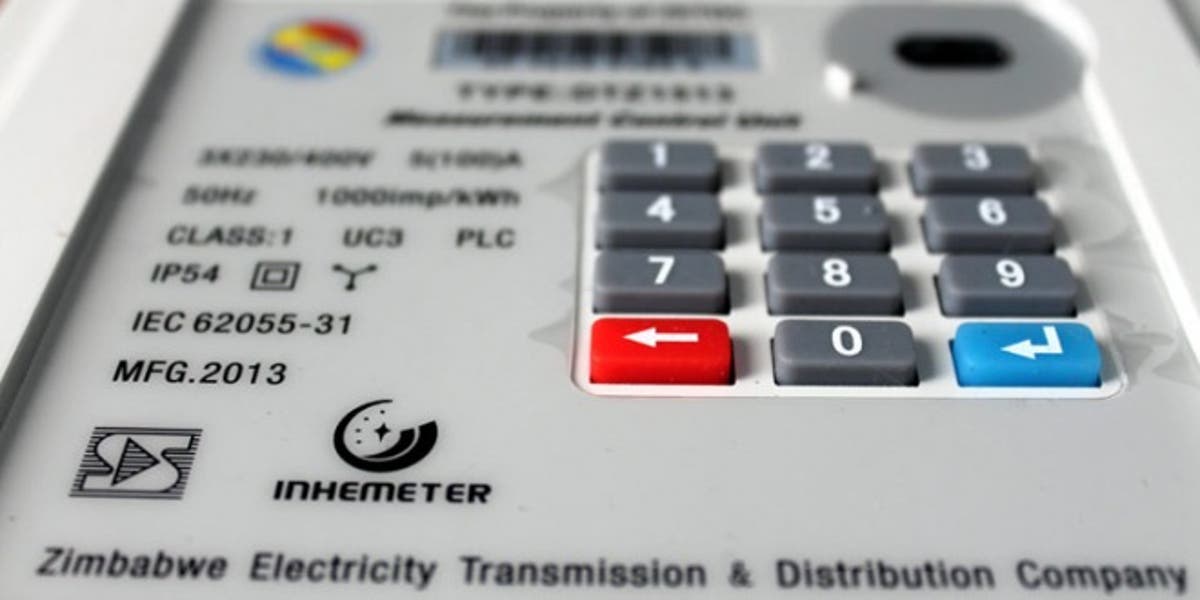Zera approves forex electricity tariff billing
THE Zimbabwe Energy Regulatory Authority (Zera) has granted the power utility, Zesa, the greenlight to charge exporters in foreign currency for electricity supplies and announced a separate tariff for other foreign currency earners.
In a statement, Zesa subsidiary, the Zimbabwe Electricity Transmission and Distribution Company (ZETDC), said exporting customers would now pay an average tariff of USc12.21/kWh while that of other foreign currency earners has been pegged at USc10.63/kWh.
THE Zimbabwe Energy Regulatory Authority (Zera)
The power utility has also increased the local dollar tariff component for ordinary consumers effective October 14.
The increases for exporting customers such as mining and manufacturing firms and foreign currency earners are with effect from October 1.
“ZETDC would like to advise its valued customers that Zera has in terms of the Electricity Act (Chapter 13:19) approved an average tariff of USc12.21/kWh for exporting customers,” said ZETDC.
“In addition, foreign currency earners will now be required to pay their electricity bills in United States dollars as an average tariff of USc10.63/kWh. The adjustment is with effect from 10 October 2022 for maximum demand customers and 14 October for the rest of customers.”
In July, Zesa Holdings raised power tariffs for exporters by nearly eight percent, saying the then prevailing rate had become unsustainable. The tariff adjustment, which took effect from August 1, 2022 saw exporters such as mining firms paying US10c, 63c per KwH from US9, 86c.
Zimbabwe Electricity Transmission and Distribution Company (ZETDC)
The 9,86c rate was below cost and hence (Zesa) said it has been failing to capacitate the utility to ensure the security of power supply and efficient service delivery.
Zesa said there has been unprecedented demand for power by mining firms who are racing to meet the US$12 billion target by 2023. The parastatal executive chairman, Dr Sydney Gata, in correspondence to mining firms said in the past year, Zesa received firm applications for new supply and for capacity increases from mining and smelting customers alone, aggregating to 2 100MW of additional load by 2025.
Dr Gata said the increase in mining industry demand was inducing other significant industrial loads yet Zesa is charging an average of US$c9.86kWh for exporting customers.
To that end, Dr Gata said it was important for Zesa to charge cost reflective tariffs.
“Zesa is no longer able to continue supplying electricity to exporting customers at USc9.86/kWh, as it is unsustainable. Further to that, Hwange Stage 3 project, which is expected to come in November 2022, will be coming in at USc10.7/kWh, translating to over USc12.0/kWh to end customers after adding Zesa overheads and use of system charges,” said Dr Gata in July.
The greenlight to bill exporters in foreign currency will see proceeds being channelled to the procurement of critical assets and components needed to maintain the power generation and repayment of external loans.
Over the years, exporters in various key productive sectors, especially mining, have offered to pay their electricity bills in foreign currency in exchange for ring-fenced power from Zesa to avoid crippling disruption to operations.
Zimbabwe-Power-Company
The power utility has admitted to having challenges in providing adequate power on the back of antiquated equipment and other operational hurdles.
In June, the country’s platinum miners entered into a special arrangement with Zesa where the mines prepay the power utility’s offshore creditors in exchange for guaranteed and uninterrupted electricity supply to boost the mineral’s output.
Zimbabwe’s major power plants have an installed capacity of 2 260MW but lately have seen generation capacity subdued at around 1 300MW with demand hovering at around 1 750MW.
As of yesterday, according to the country’s major power producer, Zimbabwe Power Company (ZPC) website, a total of 1 013MW was generated with Kariba contributing 628 megawatts and Hwange 362MW. Munyati and Harare thermal power stations contributed 12 and 11 megawatts respectively.-businessweekly










